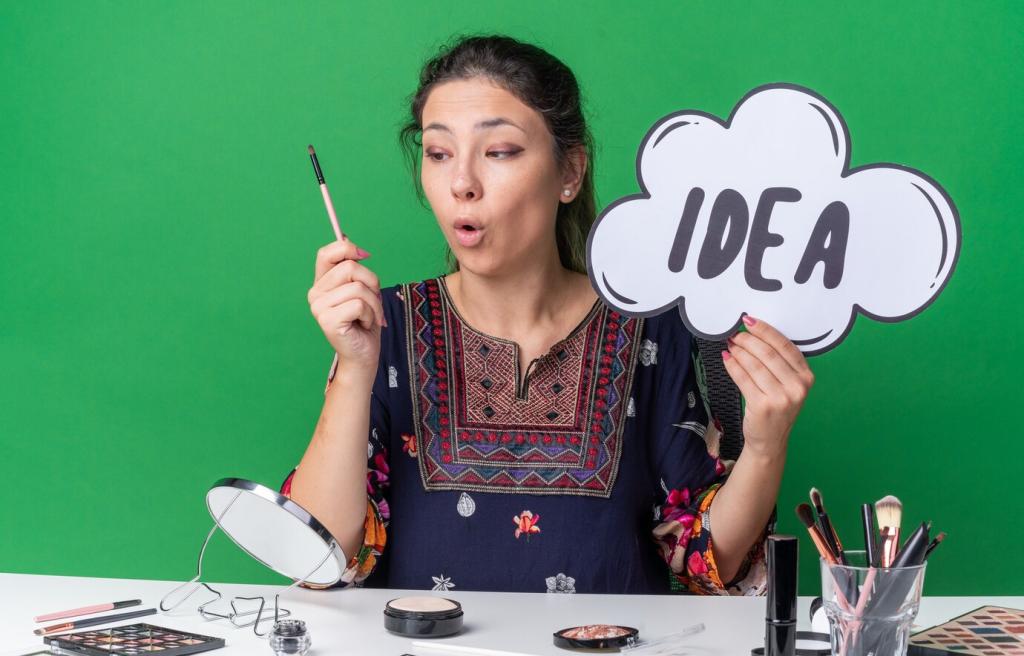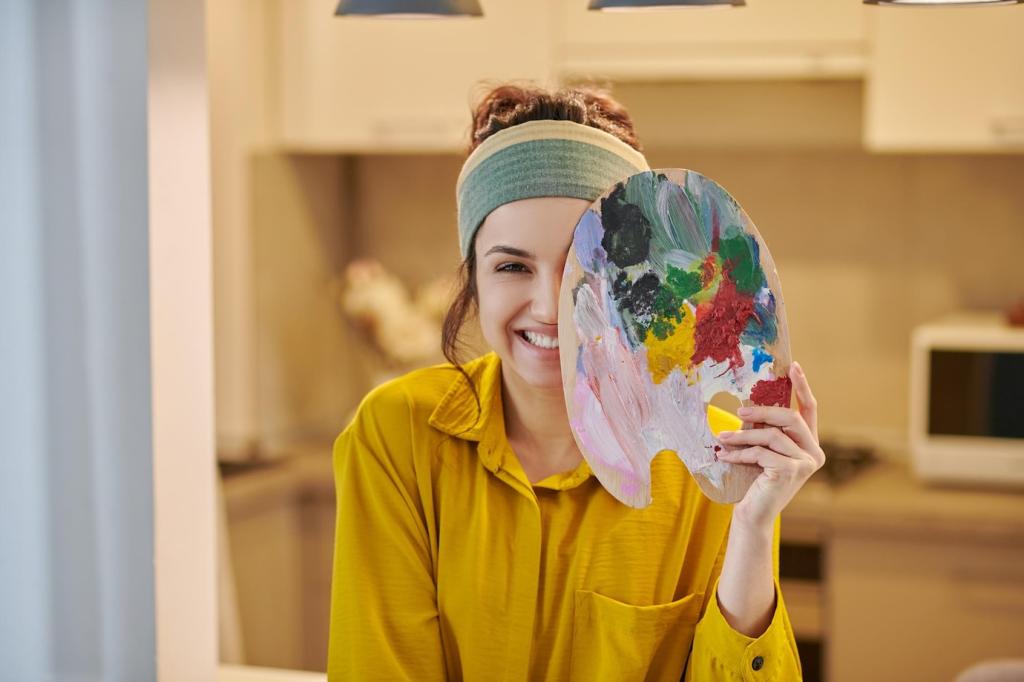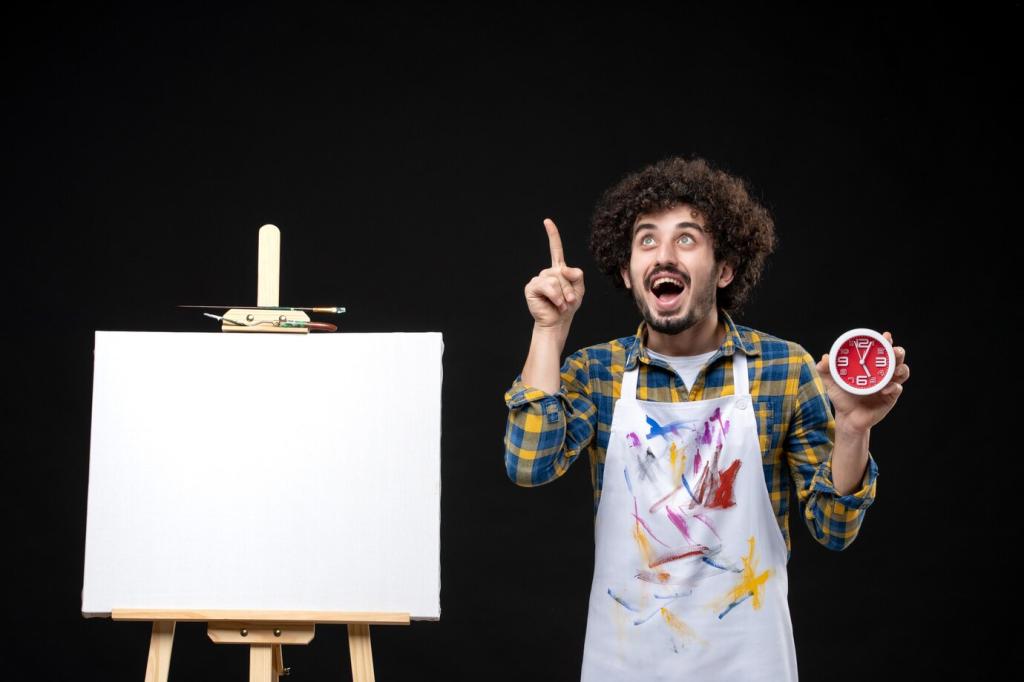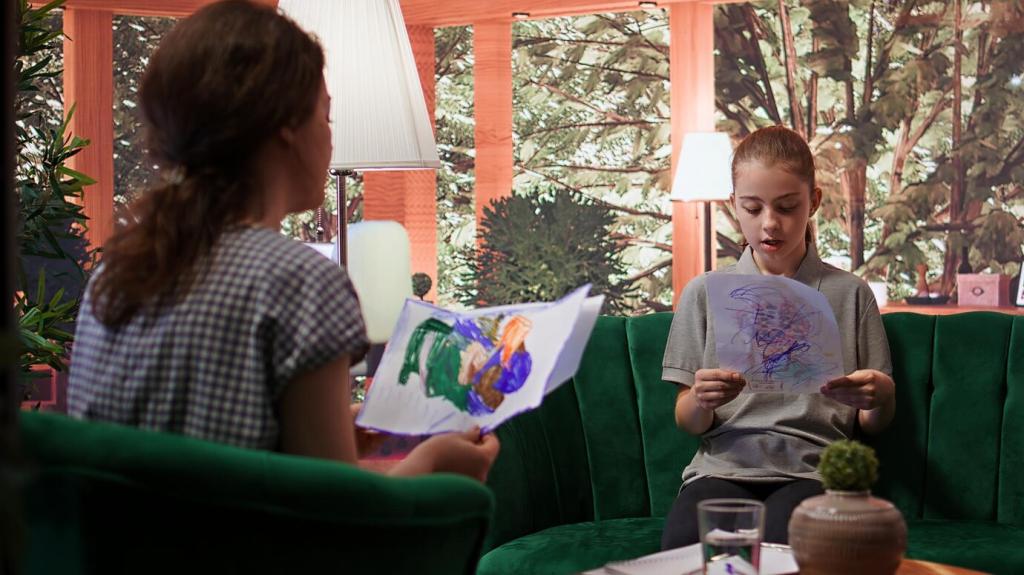Chemistry of Cleaning: Varnishes, Solvents, and Gels
Conservators use Hansen and Hildebrand solubility parameters to choose gentle solvent blends that swell a varnish without disturbing paint. Spot tests, contact times, and barrier layers guide the work. Tell us which solvent myths you’ve heard—we’ll separate fact from fiction.
Chemistry of Cleaning: Varnishes, Solvents, and Gels
Rigid and thixotropic gels, nanostructured fluids, and microemulsions localize action, limiting solvent flow into porous layers. Additives control pH and conductivity for sensitive surfaces. Interested in a deep dive on gel recipes and safety? Subscribe for our step-by-step lab notes and outcomes.








